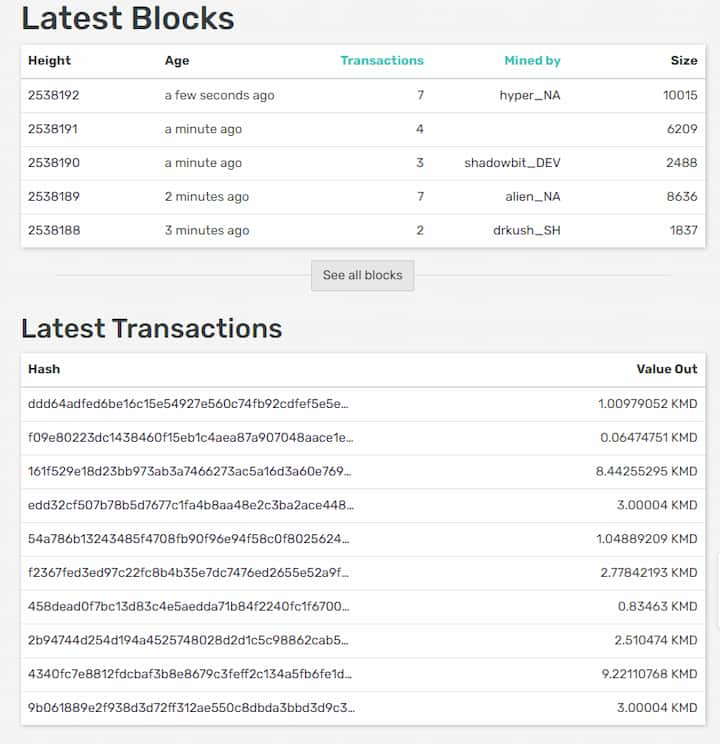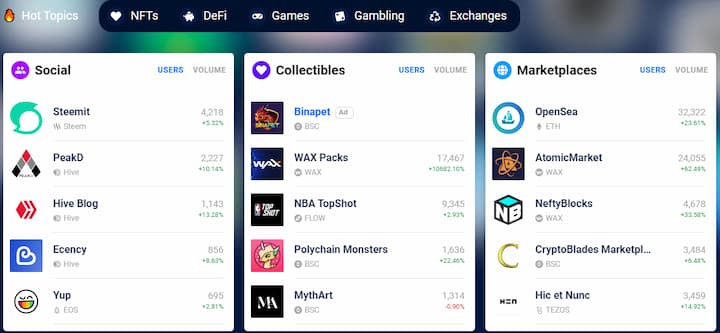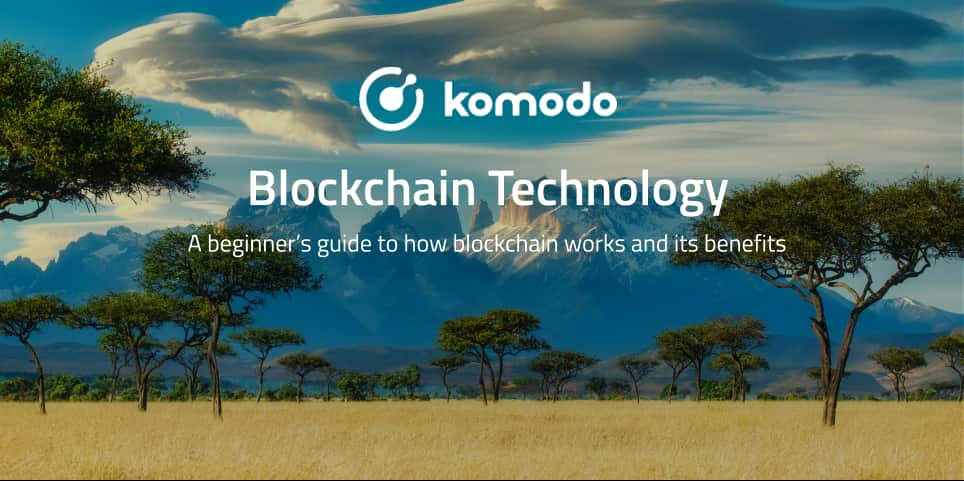This article breaks down the basics of blockchain technology, how it works, and the benefits of adoption.
When it comes to understanding blockchain technology, many tend to feel intimidated. After all, blockchain is a relatively new concept and discussions can come off as quite complex.
What many don't seem to realize, however, is that the basics of blockchain are actually pretty simple. Simple enough, in fact, that we've broken them down in this article for you to learn from.
What Is Blockchain Technology?
Blockchain technology is a complex collection of nodes, data, contracts, code, and a chain of decentralized storage solutions called "blocks."
Any interaction with the blockchain is considered a transaction, which can be anything from an actual transferring of digital currencies, sharing of medical records, or recording a poll result. A block contains a group of transactions that need to be validated for legitimacy by the community, also known as validators.
The validated block is then chained to all previous ones in an immutable (unchangeable) public or private ledger, hence the name "blockchain." Thus, anyone can look at past transactions whenever they'd like, attesting to their legitimacy, but no one can alter them. Security is just one of the four pillars of blockchain technology. As security threats arise, it's important to look at how projects are working to build future-proof blockchain technology.
How Blockchain Technology Works
Blockchain technology explained simply is a novel way of sending and receiving data. Traditional data storage takes place on a server, which is owned by a company like Facebook or Google. Servers are centralized, which means they can go down, or hackers can break in and steal information. Plus, the company is in complete control of that server and can do whatever they'd like with your data.
Conversely, a blockchain is powered by a massive network of devices called nodes. This spread of power makes a blockchain decentralized, as there's no single point of authority - as the network is maintained collectively. No party can take it down by themselves, and there isn't a space for hackers to break in and steal data. Each computer must come to an agreement, known as blockchain consensus, in order to alter any part of the blockchain. This majority opinion and network validation incentives prevent a malicious individual or small group from taking control.
Several different types of blockchain technology exist, but most are paired with a cryptocurrency that facilitates transactions. We'll use Bitcoin as an example. Bitcoin's goal is to replace fiat (physical) currencies with a digital one. Not only does this reduce the risk of theft, but it allows one to be in control of their money instead of leaving it in a bank. For citizens living under corrupt or evil regimes, this presents an manipulation-free alternative.

Benefits of Blockchain Technology
Blockchain introduces various benefits not possible within the current financial system.
Enhanced Security
While transactions are recorded on a public blockchain, user information is not. Blockchain transactions prevent identity theft by not requiring any personal data, unlike debit and credit cards. Also, because transactions are irreversible, merchants face no risk of fraud or chargebacks unless arbitrated by peers within the verifying network.
Plus, decentralization presents no single point of attack for malicious actors. To bring down a blockchain, attackers have to execute a 51% attack - which requires taking over 51% of nodes at once to gain majority rule. While this threat is real, it's highly improbable, as it requires a large amount of upfront capital with minimal potential reward. Even if a hacker can take over the blockchain, it would most likely render the network assets essentially useless, leaving the thief with assets rapidly decreasing in value.
Globally Accessible
The blockchain is a global network. If you're traveling to another country, you can use crypto the same as you would in your home country. This removes the need for exchange rates or currency conversions. Plus, you can send Bitcoin to anyone anywhere in the world at any time, finalizing the transaction in a fast and almost seamless manner.
On the other hand, blockchain is the ideal way to bank the unbanked. In many cases, traditional banks require citizens to have a minimum balance. If that balance can't be maintained, the bank charges a fee they probably can't afford. Crypto wallets (such as Komodo Wallet) don't require monthly charges or minimum payments. Anyone can hold any amount of funds in a blockchain as long as they'd like.
User-Centric
At its inception, the internet was a space for anyone to share whatever they'd like. Over time, however, corporations started taking over. To make themselves known, one must publish their thoughts and ideas on a business-powered platform, like an App Store. From there, exposure is up to the platform and its algorithms. If content doesn't fit within certain criteria, it may not be shown at all. Even then, should a creator generate profit, a cut of it must go to said platform.
Blockchain-powered platforms, or Web 3.0 applications, as they're sometimes referred to, take power away from these corporations and return it to the user. This is the foundation of the decentralized internet.
On a centralized social media platform like Twitter, users don't profit from popular tweets. Instead, Twitter profits as more clicks equal more potential advertising revenue. A blockchain-based, decentralized social media platform isn't driven by profit motive for a small group of owners, but rather a collective network. Instead of advertising profits going right to the top, social media platforms can redistribute them to community members via token holdings. The more you participate or support the network, the more you are rewarded. As a result, users can keep all generated profits from the success of the platform. Creators can also create whatever they'd like without catering to algorithms. There's no central entity to censor or control what's visible and what isn't.

What Good Does Blockchain Do For Industries
Many individuals and organizations are wondering how to use blockchain technology. There are so many ways in which you can benefit from blockchain. Here are just a couple of examples.
Take the crowdfunding industry for example. Removing the need for a centralized platform means ideas can earn more, and accountability takes the center stage. Due to blockchain's transparent nature, donators can see how organizations are spending their funds.
This focus on users is ideal for governance as well. Remember, nothing can happen on a blockchain network without majority consensus. Through this technology, users can present their ideas and have the community vote directly. From there, blockchain immutability ensures those votes cannot be tampered with - making it ideal for use cases like political elections or decentralized autonomous organizations (DAOs).
How to Invest in Blockchain Technology
Investing in blockchain technology is pretty straightforward. All you need to do is create a crypto wallet and start using a decentralized exchange like Komodo Wallet, If you're just starting out, there are even simpler ways to onboard like using PayPal to purchase crypto with fiat.
Conclusion
After this overview, we're hoping you feel a little more educated on blockchain technology. Of course, the possibilities and concepts of blockchain go much deeper than what's detailed here, but everyone has to start somewhere!
If this article piqued your interest, be sure to check out some other similar pieces in Komodo Academy. Every day, more people are beginning to adopt blockchain technology. It can never hurt to learn more about it!
📧Komodo Newsletter
If you'd like to learn more about blockchain technology and keep up with Komodo's progress, subscribe to our newsletter. Begin your blockchain journey with Komodo today.

